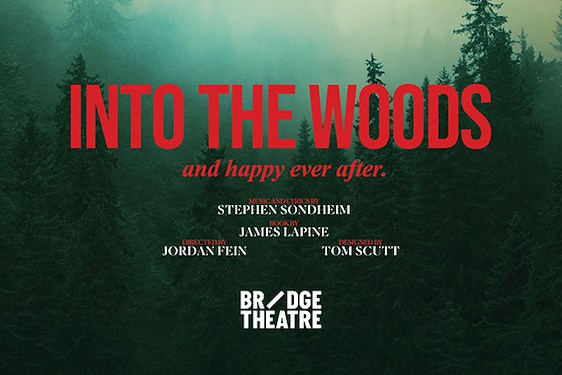The Donmar Warehouse, with its exposed bricks and systems, provides an ideal setting for Dominique Morisseau’s Skeleton Crew that opened off-Broadway in 2016, was subsequently nominated for three Tony Awards and now has its UK premier,
A cohesive yet diverse quartet of highly talented black American actors
The setting is Detroit, a monocity that tied itself to the automotive industry. When times were good the city thrived, but when the industry went to decline the city and the lives of its inhabitants went with it. The year is 2008, the brink of that fateful period. Financial crises have brought economic woes. Many factories have already closed; others are sustained by skeleton crews who persevere even as the threat of redundancy hovers over them. Morisseau captures the impending doom in the break room of an assembly line which becomes a microcosm of the city’s fragile condition, the resilience and kind-heartedness of its people and the hope that sees them through the darkest of times.
Casting by Anna Cooper has brought together a cohesive yet diverse quartet of highly talented black American actors who create four unique characters, each of whom has a life and background rooted in the city. A rather drawn-out first act consists of little more than getting to know the characters and gaining a feel for the setting, creating an interval of speculation as to where it's going based on a few snippets that are casually dropped into the conversations. Morisseau is from Detroit so knows the social backgrounds and styles of language from different parts of the city which she authentically reveals in the dialogue. The characters have precise roles and distinctive personal narratives that become increasingly interwoven.
Pamela Nomvete displays an abundance of matriarchal stoicism as Faye, the down-to-earth, omniscient union rep, who has ruled the break room for twenty-nine years. That figure places her on the precipice of retirement. One more year will make a big difference to her pension, but will she make it before ill-health or redundancy cuts her time short? She stands up to the system and defies those in power yet is a confessor to her workmates. Dealing with her troublesome nature is Reggie, who is proud to have risen from humble beginnings to the position of foreman. It often places him in a difficult situations and Tobi Bamtefa captures the torments of a conscientious man placed in conflicting situations trying to do the bidding of those upstairs while remaining faithful to his roots and doing his best to help and protect others. His stress is palpable.
In contrast, Shanita, although expecting a baby, takes everything in her stride and remains unfazed by the threats to her job security. Racheal Ofori reveals the wit and intelligence of a west-side girl who is proud of the part she plays in keeping the assembly line running and knows the importance of the smallest cog in the wheel. She chills by listening to the music in her head and has a degree of homespun philosophy that sees her through life. Her soft nature very much appeals to Dez, a young man wise to the streets of Detroit who is saving to set up his own business and who just wishes to be left alone to pursue things as he sees them. Their relationship simmers throughout. Branden Cook gives an intriguing performance as a focussed guy with a slightly gritty edge that doesn’t always go down well with others. The outstanding quality of his acting is all the more remarkable given that this is his stage debut.
The set is meticulously designed by Ultz, who gives a worn functionality to the break room and defines the space with a ceiling canopy. The wider context of the factory is created by the sounds of heavy industrial machinery designed by Nicola T Chang and visualised aloft with a range of lighting effects from Ciarán Cunningham. Period and location are reinforced with songs, most notably by Aretha Franklin and J Dilla.
Director Matthew Xia allows the text to flow at a naturalistic pace that highlights the often mundane routines of workplace conversations, heightening the tension at times with measured pauses and in the second act allowing the energy to rise as matters become more critical. He weaves all the elements into a smooth-flowing observation of people caught up in circumstances beyond and their struggle for survival.



















